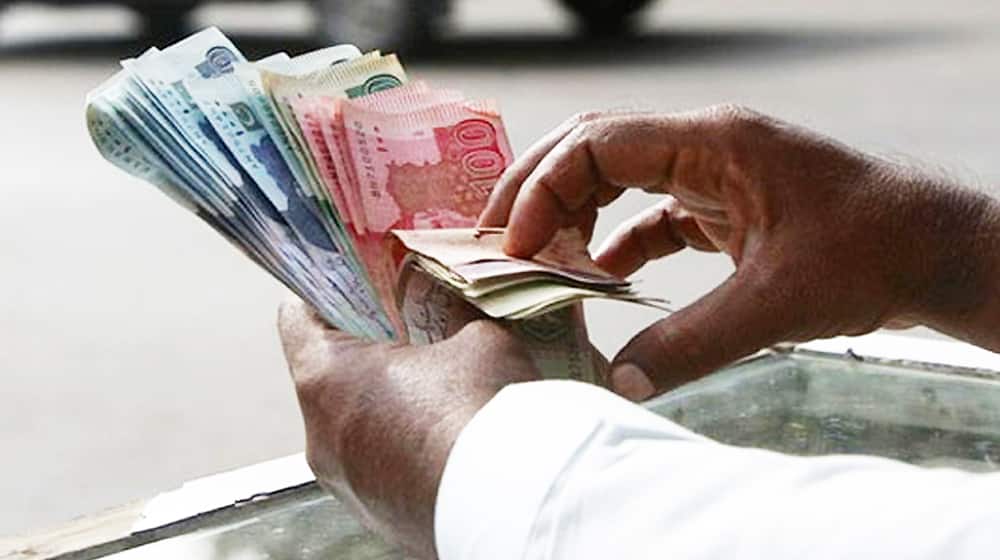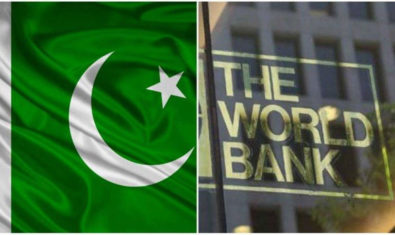‘Pakistan’s tax capacity is 22.3 percent of its GDP while it is collecting 11 percent,’ it was observed by the United Nations Development Programme (UNDP).
UNDP in its latest issue of “Development Advocate Pakistan (DAP) on Financing for Development”, stated that sales and corporate tax rates can be brought down to provide incentives to the private sector for expansion and new investment if the tax net is widened and eligible tax payers are brought within it.
Indirect taxes through presumptive and withholding taxes are not only regressive and inequitable, they are also inefficient. Tax to GDP ratio has hovered around 10 percent and it is estimated that almost five percent of GDP can be realized if strong measures are taken to simplify tax code, and achieve better tax administration, improved tax audits, effective tax compliance and elimination of protracted appellate and legal processes. This boost in revenues would minimize the need for heavy borrowings domestically and externally while meeting the funding requirements for infrastructure and human capital investment.
The existing database of 3.2 million potential taxpayers should be used to bring them into the net. This can be possible if the tax code is simplified, tax administration made hassle and corruption free, audit strengthened and improved, tax facilitation made taxpayer-centric and alternative dispute resolution put in place.
The report further states that Pakistan has been relying on foreign savings to supplement its meager national savings for investment purposes and therefore, the investment rates are almost one half of those in India and Bangladesh, thus constraining growth.
Unless the real sectors are revitalized, growth would remain elusive, unemployment would rise, living standards would decline, and thus the capacity to generate resources for financing development and social protection would remain highly constrained, it added.
With the previous two election years – 2007- 08 and 2012-13 – culminating in a serious economic crisis, Pakistan was forced to approach the International Monetary Fund (IMF) for a bail out. This renders 2017-18 as ‘make or break’ years for the economy, with repercussions for the future.
The report further states that having achieved macroeconomic stability, there are two paths available-either consolidate or build upon these gains to undertake policy reforms that would help in speeding up economic growth to reach six to seven percent a year; or, fritter away these gains and pursue populist measures, appeasing powerful interest groups, backtracking on reforms and yielding to pressures.
A more disconcerting feature has been the setback in Pakistan’s market share in world exports. While there has been overall buoyancy in global markets, Pakistan has lost its share from 0.15 percent to 0.12 percent while its competitors-India and Bangladesh-have more than doubled their shares.
Over the last decade, Pakistan’s exports have grown by four percent compared to 12 percent in Bangladesh and 10 percent in India, and are on a declining path for the last two years. Exports used to finance 80 percent of imports in the early 2000s, but this ratio has declined to less than 50 percent in recent years.
If Pakistan is able to regain its lost market share in the world market or attain the Export/GDP ratio of 10 percent only, it would be able to cut down its external borrowing requirements by at least one half and manage its external accounts without any stress.
Outstanding debts and liabilities already amount to more than two percent of GDP and will continue to accumulate further if left unattended.
Global commodity prices are partially responsible, but it is the loss of competitiveness because of a penal tax regime, energy shortages, difficulties in doing business, bureaucratic hassles, high import tariffs and lack of coordination among various government tiers and departments, that have hurt the exports.
Public sector fiscal policy, as discerned from the fiscal trends has not helped in meeting the objectives of inclusive growth, equity, social protection or environmental sustainability. It has been driven largely by short term crisis management considerations as the economic managers were faced with persistently high fiscal deficits, and resources had to be found to finance these deficits, said the report.
UNDP further states that the planned retreat from the sale of non-strategic public enterprises has fortified the hands of those who think they can stall the process through agitation.
Privatization has been on the agenda of every major political party. The irony is that when one party comes to power and attempts to pursue this, the opposition parties offer enormous resistance. When the opposition party takes over the reins of the government, the roles are reversed. Meanwhile, the damage to the economy gets worse with the passage of time.
Although investments in new energy generation projects under CPEC would alleviate the demand-supply gap, but unless inefficiencies of the DISCOs are set right, fiscal losses would continue unabated. Privatization or restructuring of these companies therefore, becomes a policy imperative.
Higher investment, inter alia, with sound policies and better governance would lead to larger output, incomes and employment, thus raising tax and non-tax revenues for the government.

























